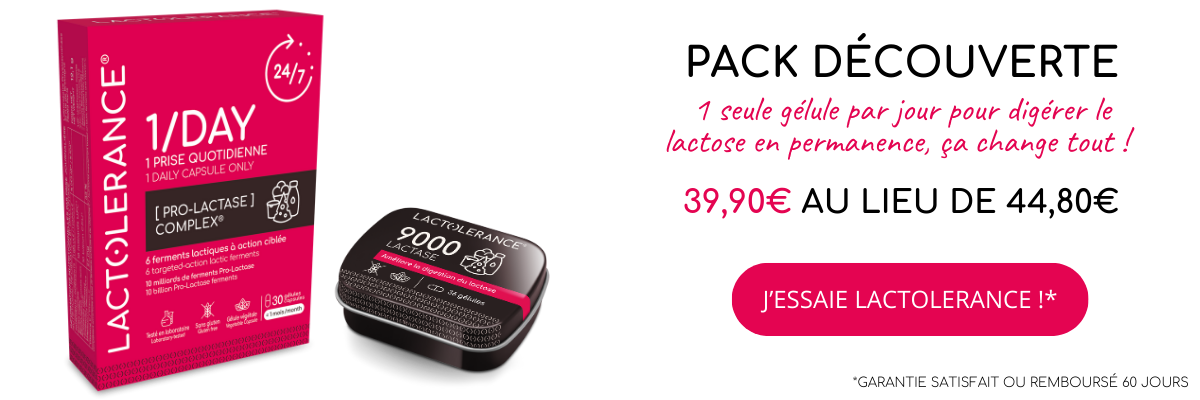
Did you know? The display of allergens has been mandatory since 1 July 2015. However, in restaurants and caterers, this requirement is hardly ever met. What does the law say?
Restaurateurs must indicate in writing, without the customer having to request itA list of 14 allergenic substances.
Provided for since December 2014, information on allergens is compulsory from 1 July 2015. Decree no. 2015-447 of 17 April 2015 "on the information to consumers on allergens and non-prepackaged foodstuffs has just been published in the Official Journal on 19 April. This decree makes mandatory from 1 July 2015 "information on the presence of substances or products that cause allergies or on the packaging of food products, as well as in restaurants, canteens and cut-to-size sales outlets. This applies to food retailers, caterers, restaurant owners and the institutional catering sector.
Restaurateurs will not have to display allergens on the menu but will have to list them in writingThis list should indicate the presence of 14 allergens in the dishes offered in the restaurant. This list should indicate the presence of 14 allergens in the dishes offered in the restaurant. An identical document should be kept up to date in the canteens.
In the case of unpackaged foodstuffs offered by retailers (butchers, caterers, etc.), this information must be indicated. in close proximity to the food (label, sign, etc.). For pre-packaged foodstuffs, the list must be indicated on the label.
The 14 allergens
1. Cereals containing gluten (wheat, rye, barley, oats, spelt, Kamut or their hybridised strains) and products based on these cereals.
2. Crustaceans and crustacean-based products.
3. Eggs and egg products.
4. Fish and fish products.
5. Peanuts and peanut products.
6. Soybeans and soybean products.
7. Milk and milk-based products (including lactose).
8. Nuts (almonds, hazelnuts, walnuts, cashews, pecans, Brazil nuts, pistachios, Macadamia nuts, Queensland nuts, and products made from these fruits).
9. Celery and celery products.
10. Mustard and mustard products.
11. Sesame seeds and sesame seed products.
12. Sulphur dioxide and sulphites in concentrations of more than 10 mg/kg or 10 mg/litre in terms of total SO2 for products offered ready-to-eat or reconstituted according to the manufacturer's instructions.
13. Lupin and lupin products.
14. Molluscs and mollusc products.

Hello, I'm Vincent
Like you, I'm lactose intolerantI know exactly what you're going through and the difficulties you encounter on a daily basis. For over 10 years, I've been helping our customers to use our dietary supplements and giving advice and tips on how to improve their digestive comfort. I'm also a keen cook and gourmet, so you'll find my favourite recipes for a lactose-free diet in this blog.
Lactose intolerance is not inevitable! With LACTOLERANCE you can digest with complete peace of mind






